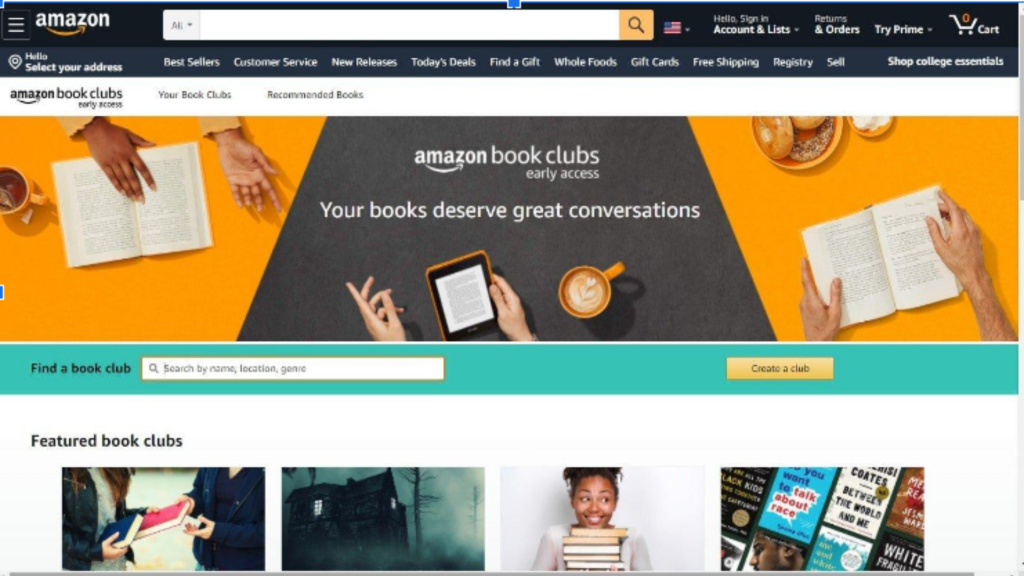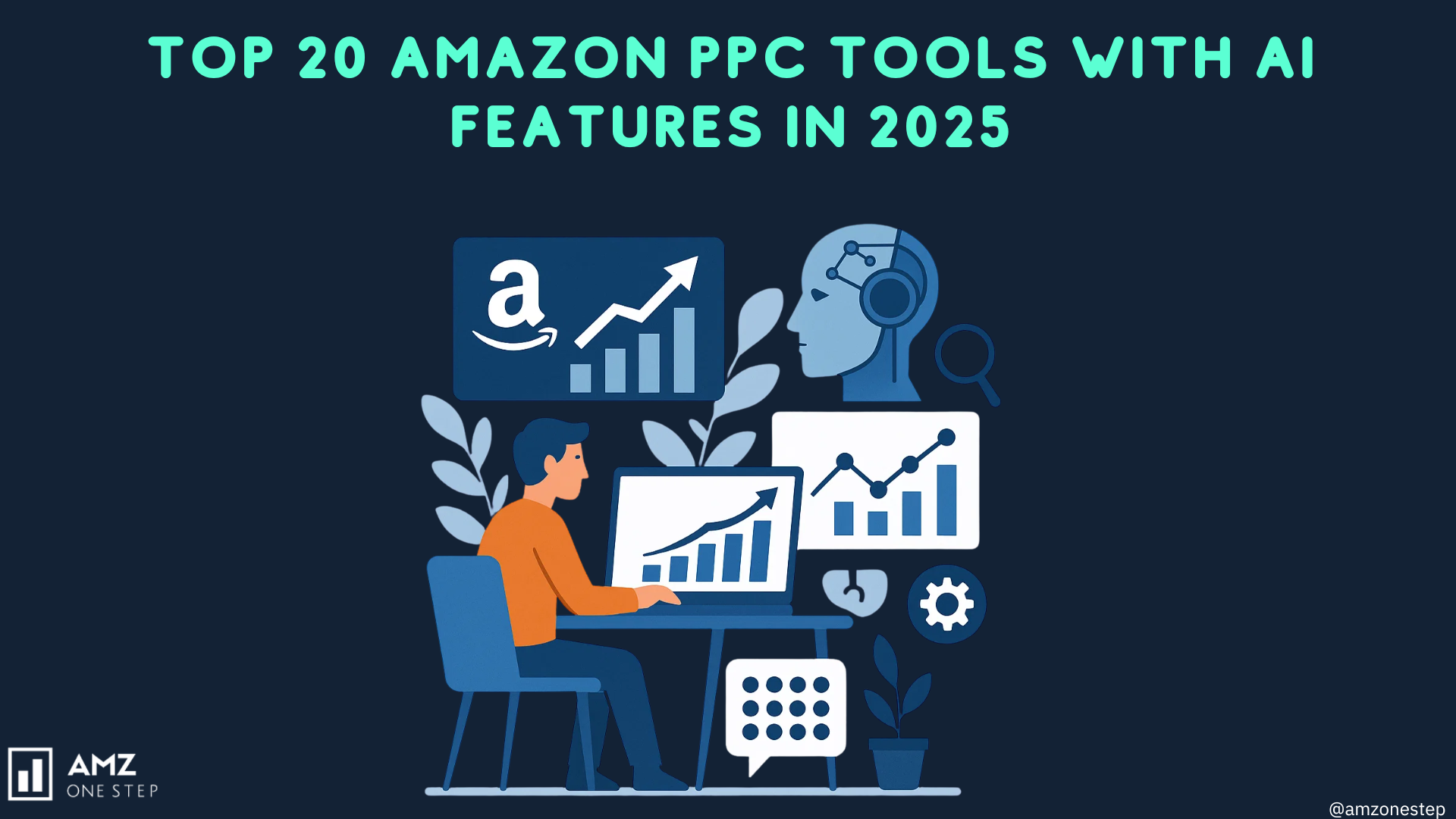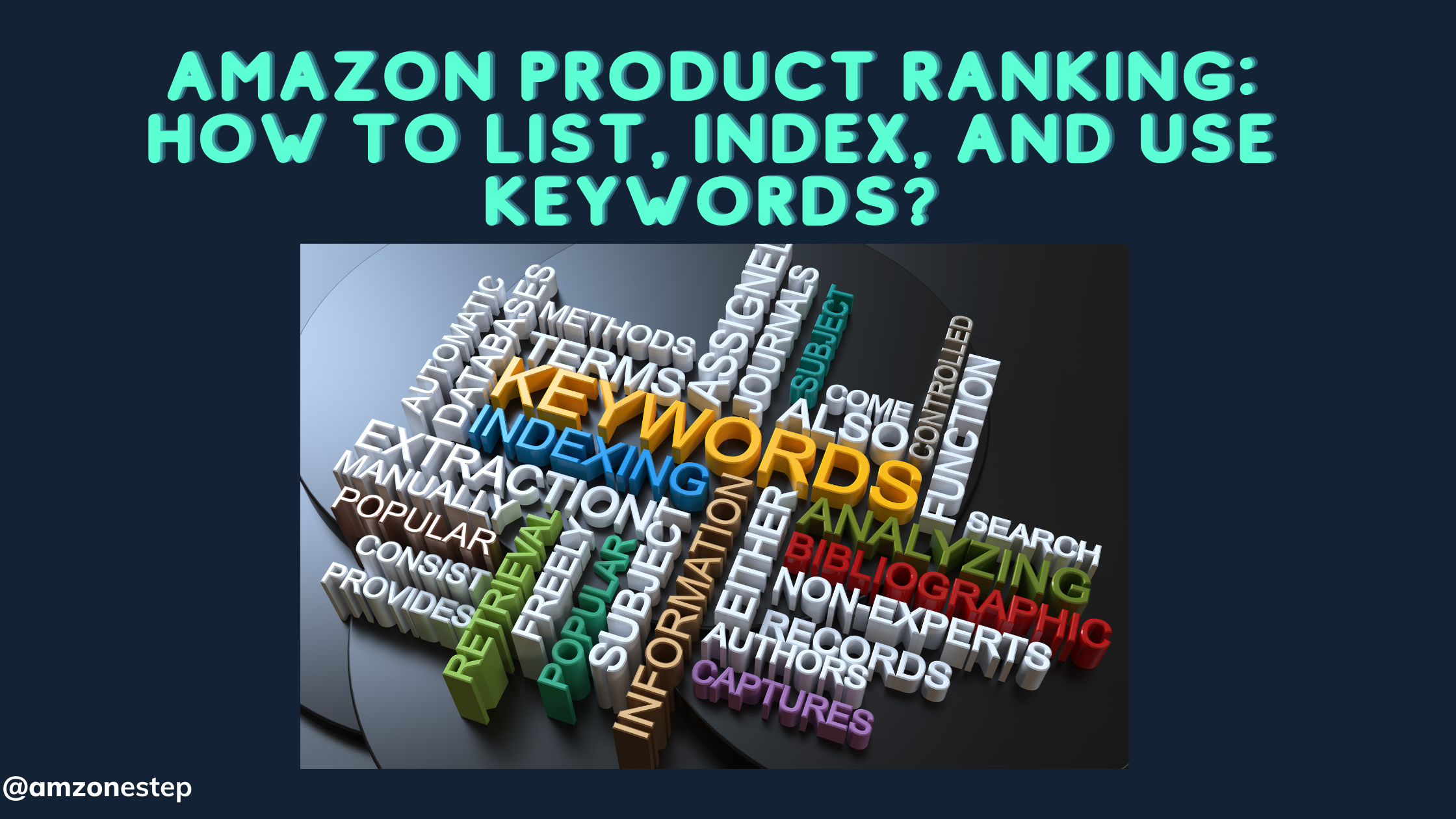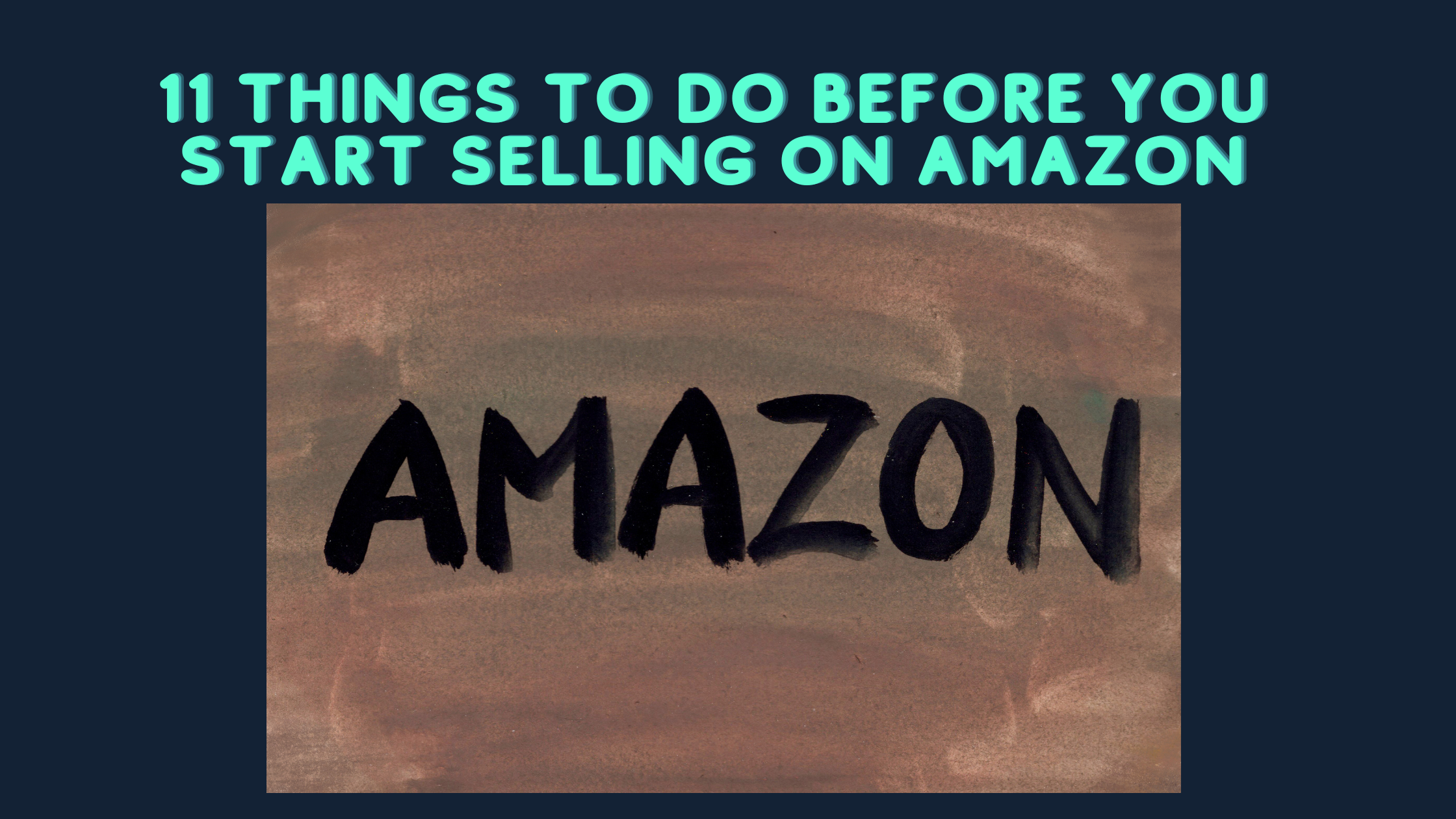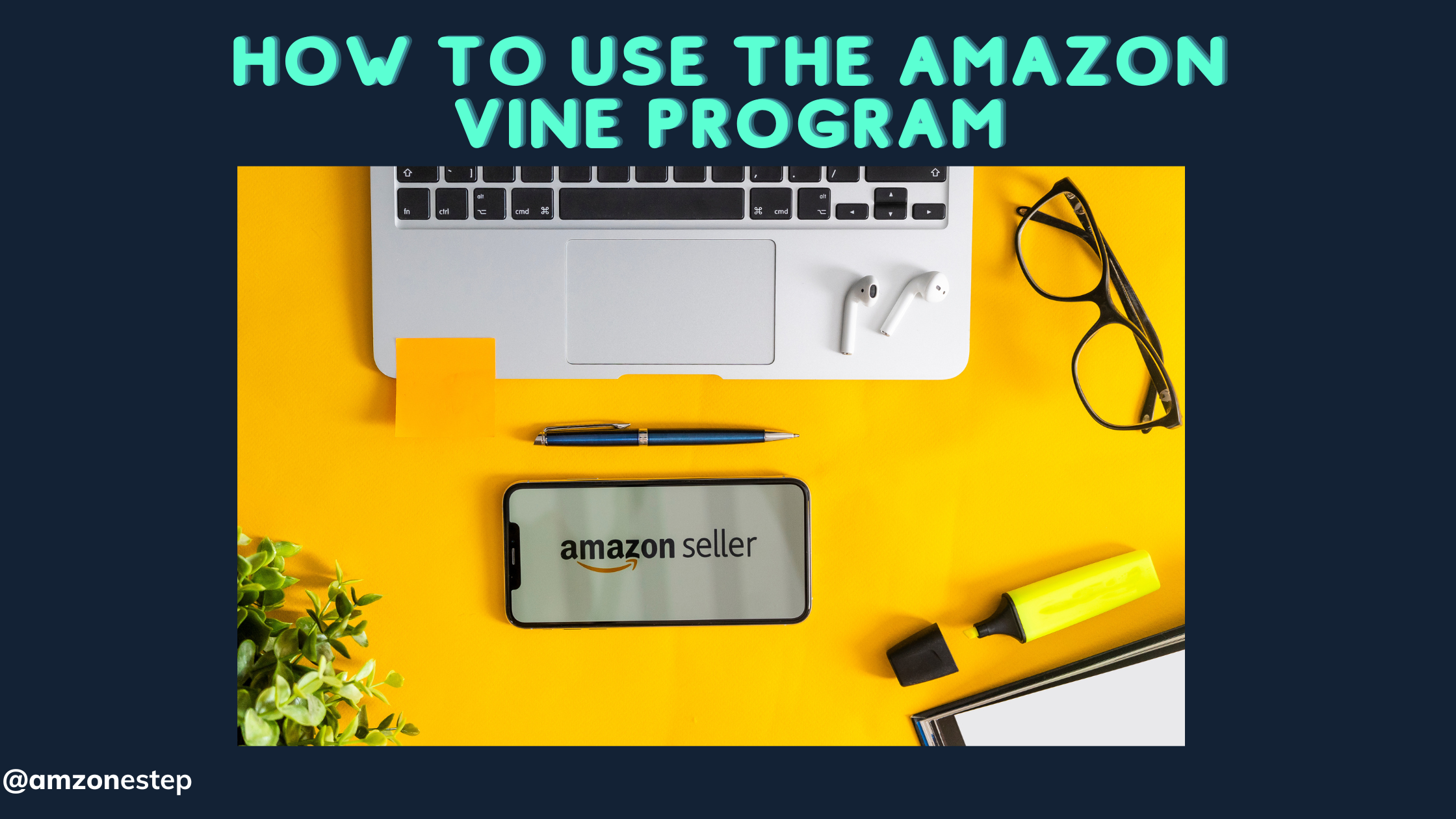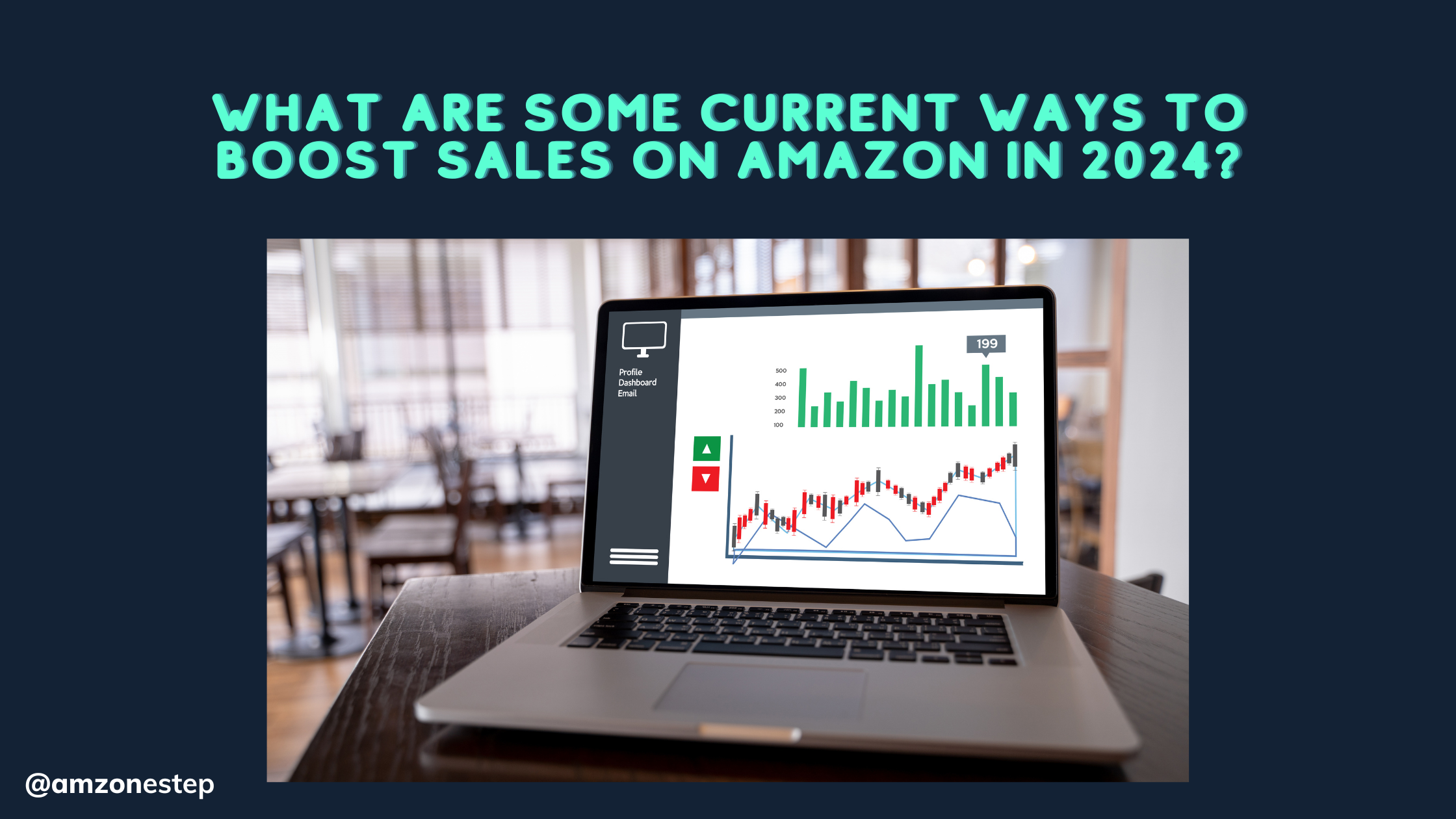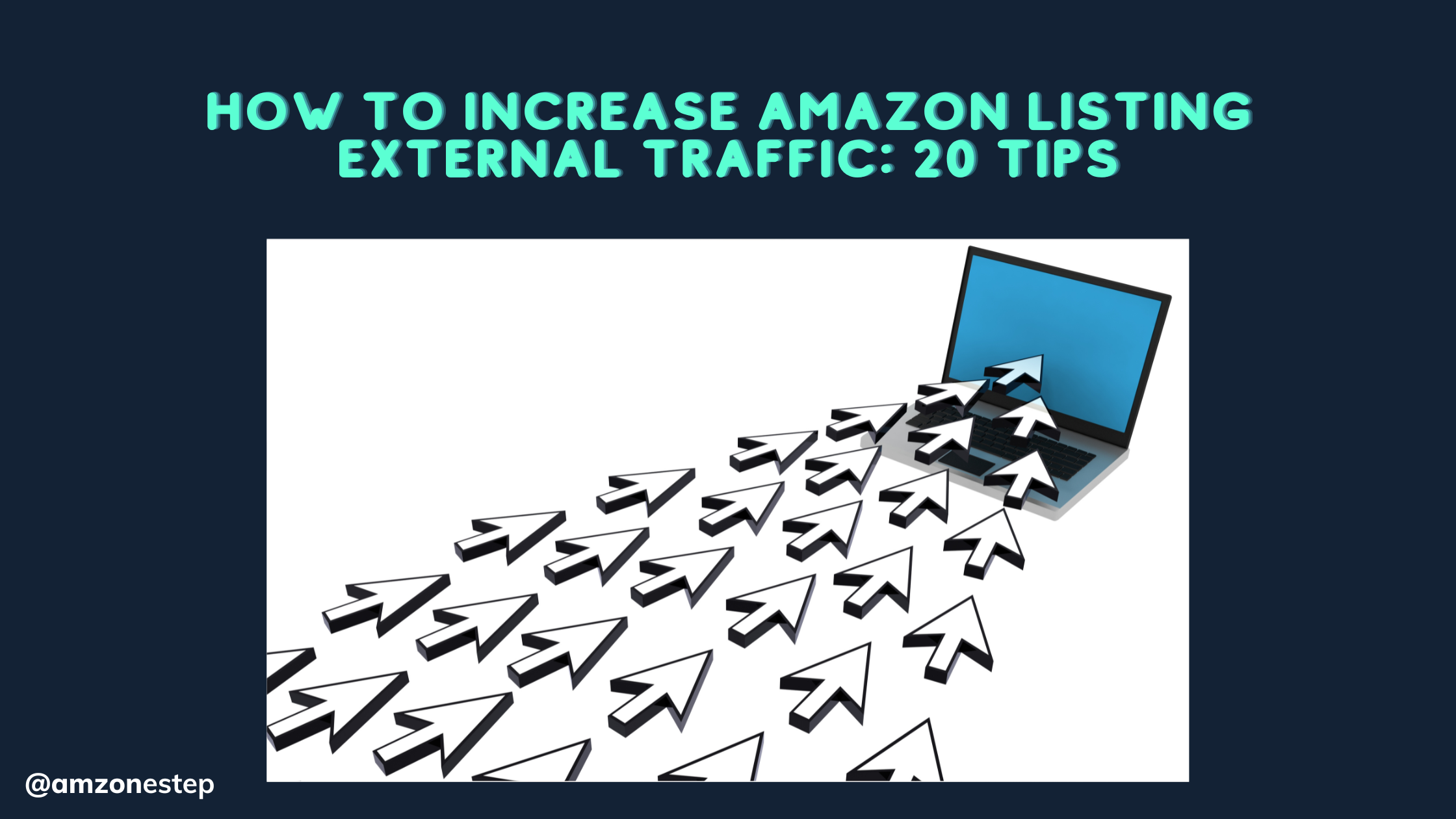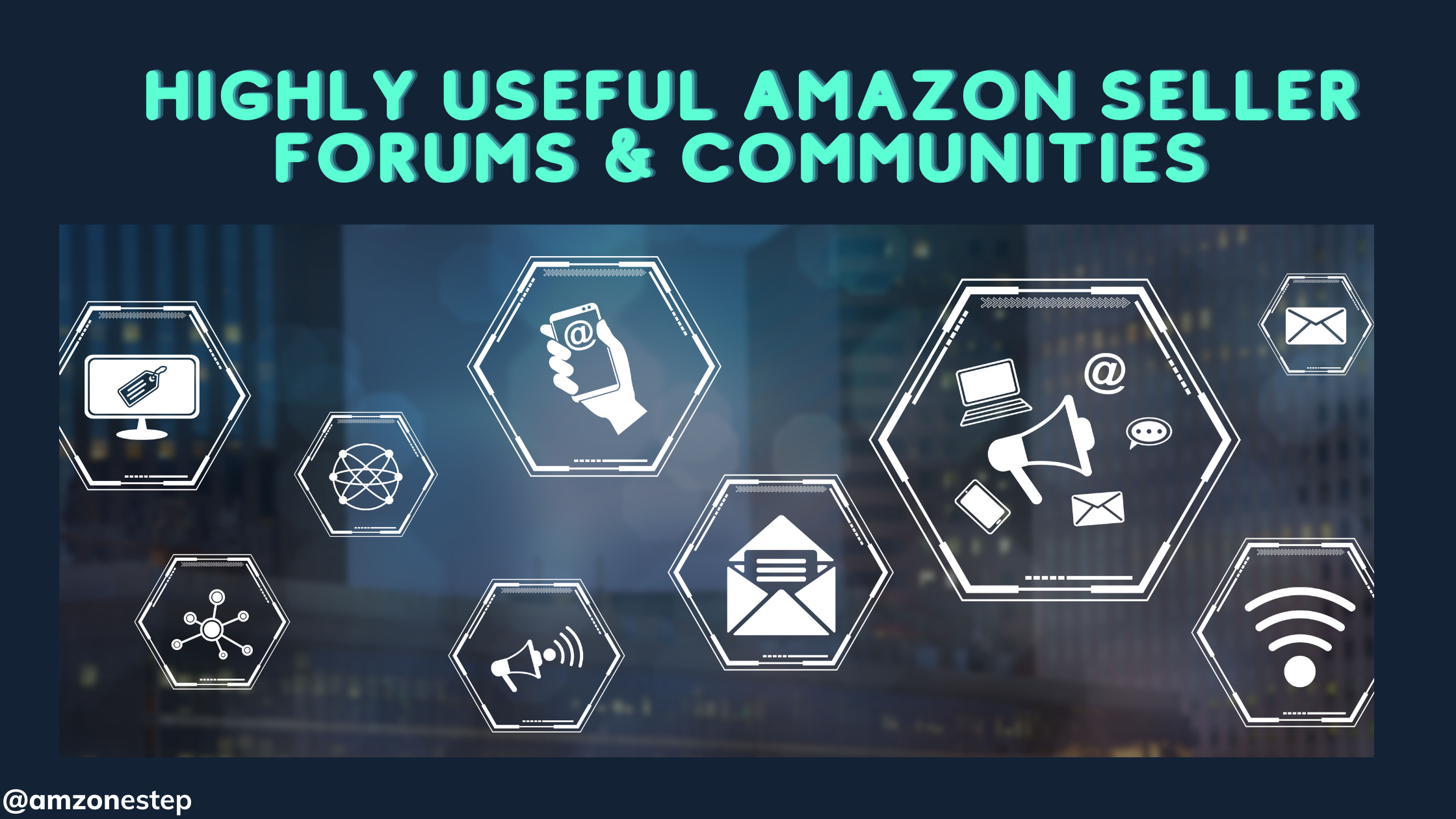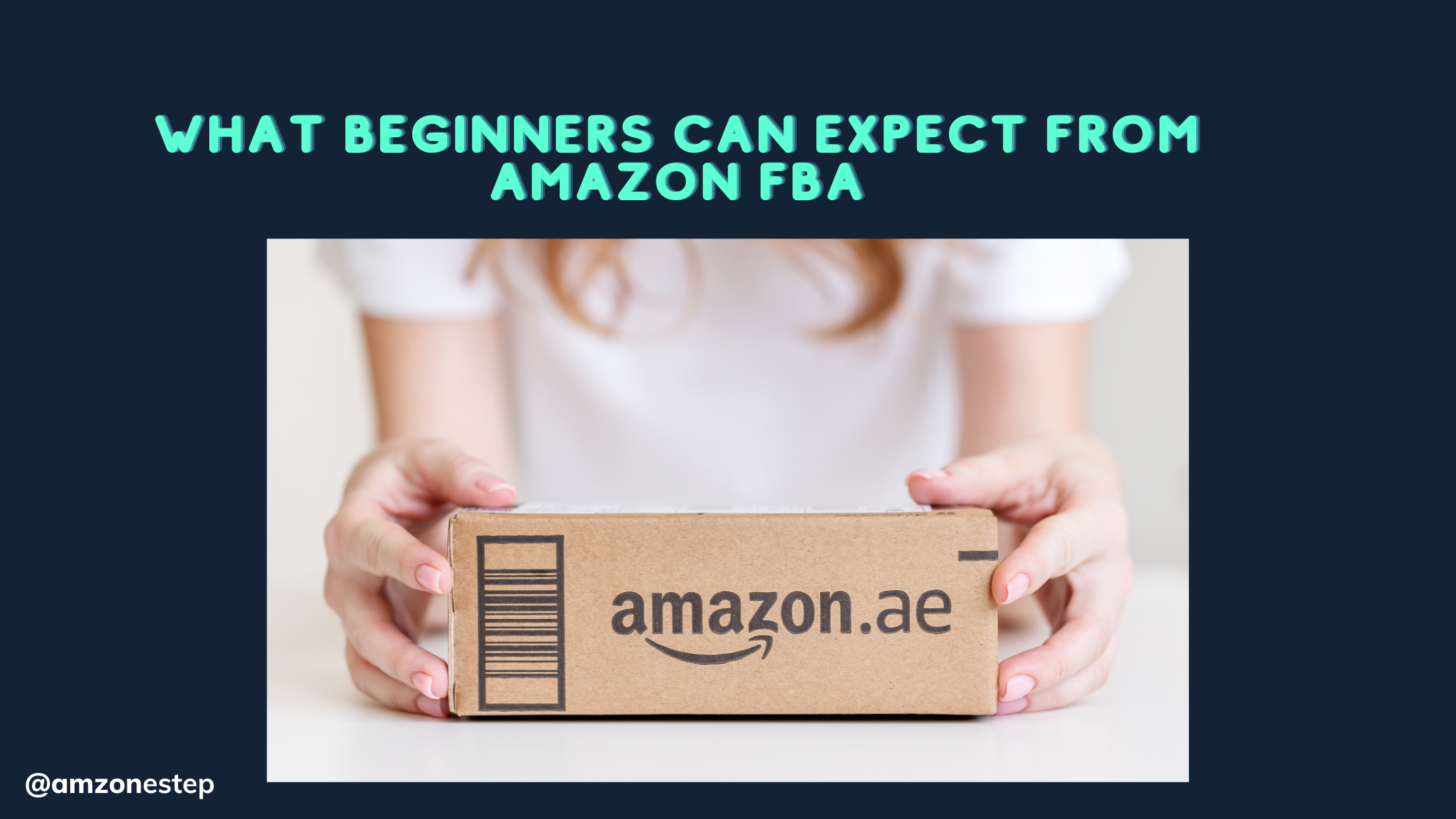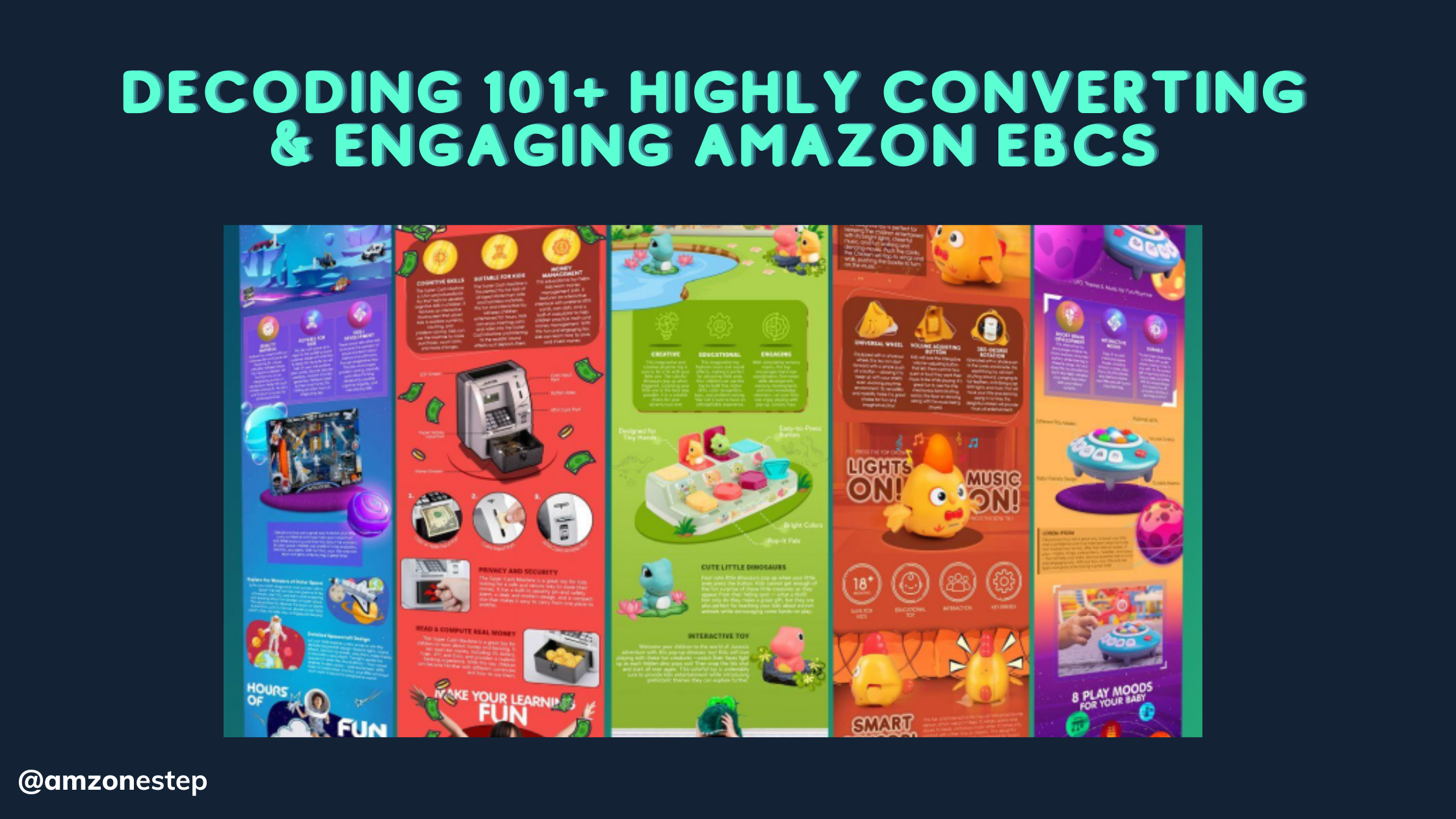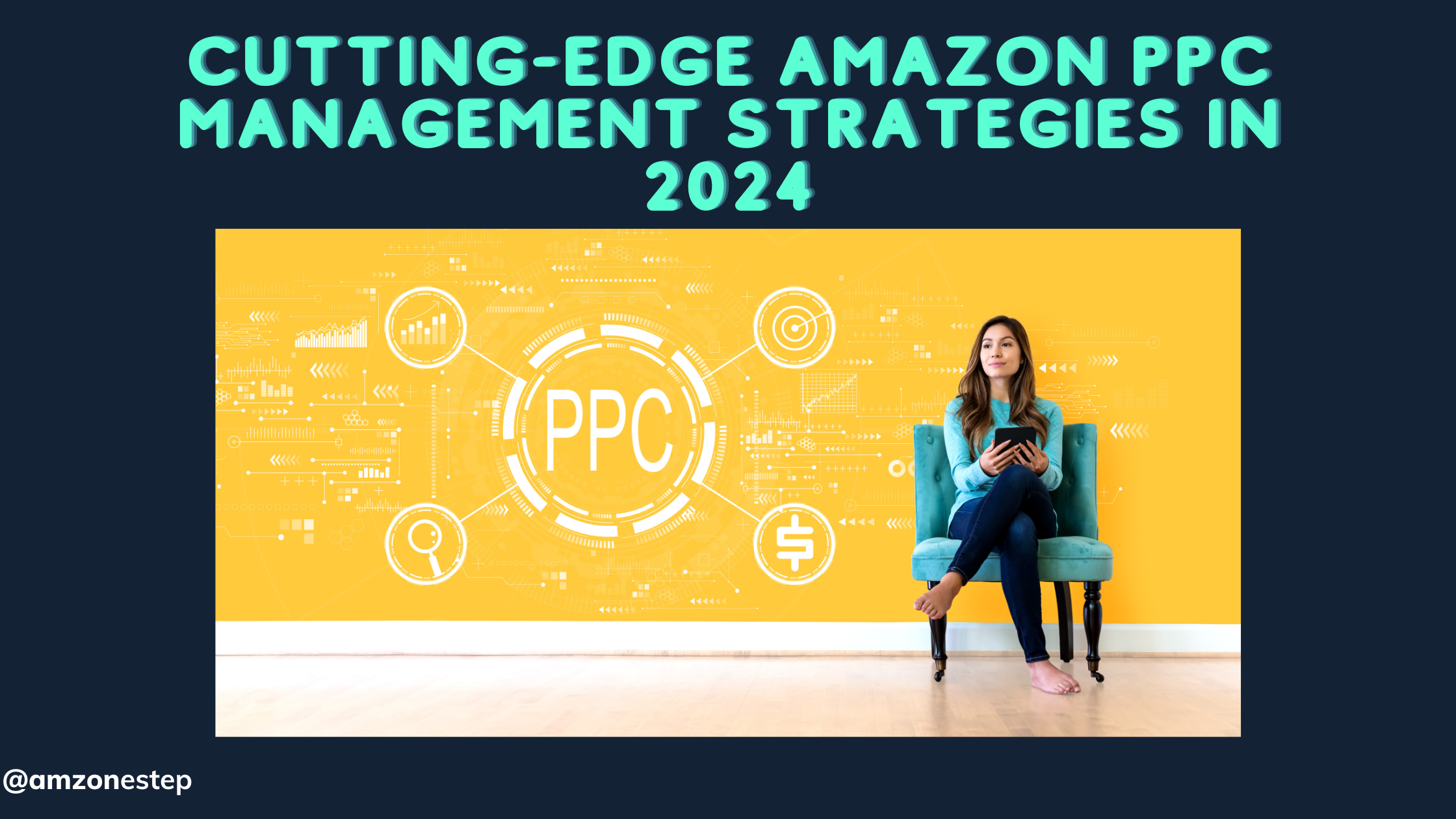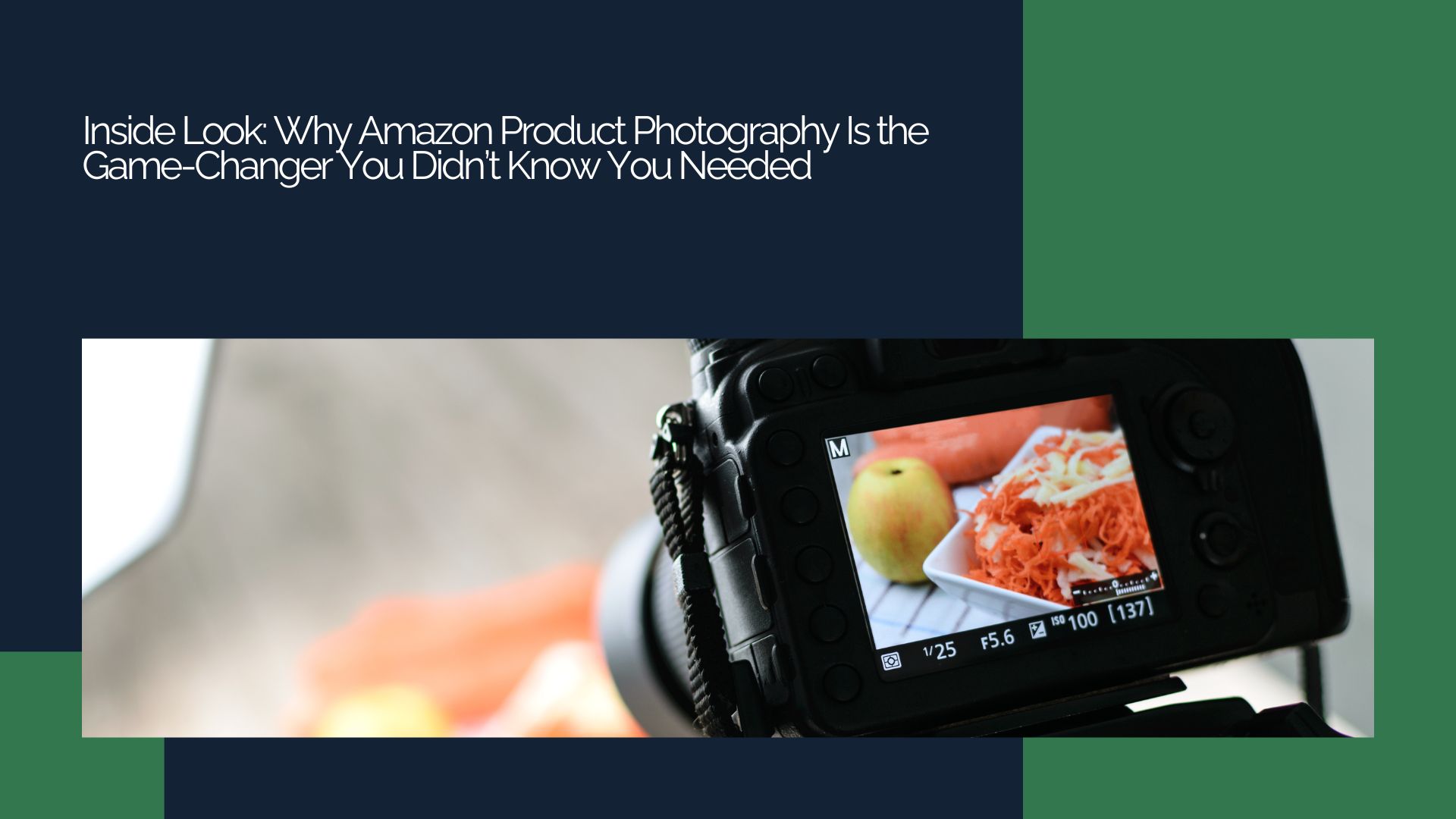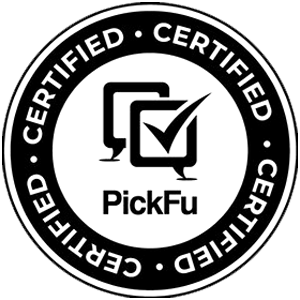Most Amazon customers probably just go on over to the site, explore the products, and make a purchase. Things aren’t always peachy keen, but there are discounts to be had, features to take advantage of, and benefits to enjoy. Take a look at these hidden but useful features of Amazon’s massive website.
Prime Purchases Establish Relationships
People still use Amazon FBA and its website even when they don’t have the Prime membership option. In turn, your business loses out on relationships with clients that could have lasted a lot longer if you had taken the time to engage with them.
Direct online client interaction is now possible with Amazon Buy with Prime. Consumers may find out more about your company and the goods that can help them solve their problems by exploring your product pages and personalized content.
Users’ email addresses and other order details are likewise sent to you when they use Buy with Prime. This information can help you establish meaningful connections with your customers that will last. As an example, you can send targeted emails that showcase more things that your consumers might love.
Maintaining these connections is critical since it increases the likelihood that your present consumers will return for future purchases. Thus, you may increase sales and strengthen customer loyalty to your business.
Prime Buys Boost Sales And Conversions
Customers will have a much easier time checking out when you integrate Amazon’s Buy with Prime into your site. It saves Prime members the trouble of entering their billing and shipping addresses every time they make a purchase.
With Buy with Prime, you get all the great services that Prime members love, like free and next-day delivery.
You may increase the number of people who end up buying from you by offering them a familiar shopping experience on your website with the bonus of fast delivery. Therefore, your company’s sales and revenue can increase.
Create Amazon Attribution Tags Separately
Making links for each ad channel is the first step to successful Amazon Attribution linking. You can make a tag for any channel that promotes your Amazon business because this platform lets you make hundreds of tags.
To better understand how each strategy is doing, create separate tags for each. To see the specific performance indicators associated with each campaign, you can choose to go even more detailed by creating a tag for each one.
Study Client Behavior
Your company probably won’t need more than one Amazon Attribution tag. When promoting your products on Amazon through various advertising channels, you’ll need to generate links for each one. Each tag needs to be named correctly so that it can be easily located.
The names you use for your tags should be specific and meaningful; otherwise, you may find it difficult to recall which tags are which. Also, if you’re trying to keep tabs on advertisements across several social media sites, a catchall term like “Social media” won’t cut it.
Target Asins For Immediate Sales
If you’re planning an Amazon advertising campaign for 2024 and are interested in targeting real search phrases instead of arbitrary strings like “F08PHHTS6W,” then this is an idea to consider.
Every product you sell on Amazon, as well as every product sold by your competitors, is assigned a unique identification by Amazon called an ASIN. Some consumers use ASINs instead of real search phrases to locate products.
For that reason, you should focus your Amazon ads on ASINs. Your company will benefit from using ASINs as keywords because:
- Explore related searches
- Competitor products
- Promote products.
Start your 2024 Amazon ad plan by checking your Amazon Search Terms report. It will reveal search terms customers used to find your product. Search Amazon for ASINs to see what appears. You can select whether to add these ASINs to your marketing campaign after researching.
User-Generated Content
UGC is being used in Amazon marketing initiatives. Why is it obvious too? People trust each other when buying.
One survey indicated that 80% of people seek purchase advice on social media. Sample Amazon marketing strategy: UGC Amazon lets shoppers post the following on product listings for that reason:
- Star rating
- Written review
- Images
- Videos
Every product listing image has a “Customer questions & answers” area where Amazon customers can chat. When answering, shoppers often mention their product experience, which can impact purchases. Amazon marketing strategy: While anyone can answer “Customer questions & answers” queries, your firm should dominate that section.
Answering inquiries can turn cautious shoppers into new clients, so be proactive. Getting user-generated content is hard because it involves shopper effort.
Test And Optimize Ads To Boost Acos
No matter the ad network, there’s always room for improvement in the initial version of your ads. Spend some time testing and tweaking your advertising if your brand wants to boost product orders and improve its ACoS. The outcomes you desire and require can be achieved through ongoing testing and adjustments.
Your business may maximize this year’s Amazon advertising strategy with proactive ad management. You can notice issues or opportunities sooner by checking your campaigns weekly or biweekly.
Video Marketing
Among Amazon’s many marketing strategies that you could adopt is video marketing. Video marketing lets you:
- Promote your product’s usage
- Detail your product’s design.
- Provide product setup and usage guides, and more.
- All these uses can boost product listing conversions and sales.
Tips for adding videos to Amazon listings:
- Limit videos to 30–90 seconds.
- Minimize background noise
- Black or white background work for product showcase videos.
Production services or a professional camera are usually the better options for recording product videos, while smartphones can do the trick.
If your company invests in professional camera or video editing services, you may get a top-notch video that will highlight the features and benefits of your product. You can probably get away with using a smartphone for recording an unboxing or how-to video.
Use Amazon Ads to Sell
While you’re at it, you may launch your paid marketing campaign and optimize your products for search results. Advertise on Amazon and your ads will reach a large audience; with proper targeting, you can generate a lot of revenue.
Make sure you’re familiar with the three main categories of advertisements. These appear in typical search results but indicate sponsorship. Ads can be targeted by keyword or product category. Because they display alongside product search results, these ads have the best sales-per-click.
Display Advertising On Desktop/Mobile
You can promote your company online with AAP’s desktop and mobile display ads. These are the typical online advertisements that you could find within content, at the top or side of a website. For further details on what Amazon requires in terms of ads, you may go to the Amazon website.
Mobile Banner Ads
When it comes to mobile banner ads, Amazon has certain restrictions. Keep the background of your banner plain and unobtrusive. The banner background can incorporate color and images, but it must not obscure the main content of your ad.
Also, keep the text to a minimum. When it comes to mobile banner ads, Amazon would rather not have long descriptions. If you want your ad to stand out, highlight the most critical details.
Make sure the font size is at least 16 points. Using larger font sizes will ensure that your audience can read it, especially on mobile devices. Make sure your mobile banner advertising is legible by testing them.
Last but not least, make sure the ad features your logo or name. Those who view the commercial should be aware of the people involved with its production.
Among the several criteria set by AAP for mobile ads are the following. For leads who are active on mobile devices, this is an excellent choice.
Mobile Interstitial Ads
Mobile interstitial advertising contains full-screen advertisements. Mobile versions of websites display these advertisements. Mobile interstitial advertising works on Fire, iOS, and Android devices.
Ads in AAP can be either full-screen or medium-rectangle in size. Make sure to place your most crucial information in the “safe zone” of your ad.
Amazon has specified this space as the location where your details must be entered. Within the “safe zone,” you can be certain that your data will be present and clickable. For the sake of clarity, Amazon has included a space for you to highlight the most important information.
These ads require a visible CTA button in your “safe zone.” The “safe zone” will capture users’ attention and, therefore, have a clear CTA.
The ad’s background must be colored, patterned, or imaged. Amazon wants NO white space in these adverts. Your ad or text has to include Amazon’s logo.
Referral Program Incentives
Learn what drives your clients and design a referral program around the benefits they’ll want. Rewards, incentives, and awards do not have the same impact on every user.
Referral programs that are successful for businesses in different industries will have distinct goals and objectives. Let’s explore a few distinct referral program rewards.
Double-Sided Rewards
You can benefit from a reference in two ways: as a sender and as a receiver. As an example of a two-sided incentive, consider a retail store that offers 20% off your next purchase if you refer a friend who accepts the offer.
When users are aware that their referrer will also reap benefits, the incentive to make a referral to their network changes.
Discounts
Motivating repeat buyers to spend more with discounts is a tried-and-true referral program tactic. Be careful of deals, though.
A 10% referral bonus might not be enough to pique people’s interest if you’re always having sales. For that reason, a referral discount needs to be large in comparison to other promotions and offers going on right now.
Cash
An incentive program that pays out in cash for new customers could be just what your company needs to boost your customer retention rate and increase sales. A good example would be the 20% referral bonus you’d receive from someone who uses Eventbrite to host a ticket-selling event. The company also gives its users a $40 cash prize for every friend who opens an account.
Credits
Providing credits is a smart move if your product is used frequently; it allows you to keep more of the money you earn. For businesses who charge by the use, this is a fantastic tactic.
VR Marketing Terminology
Be familiar with the terminology around virtual reality before using it in your marketing strategies. If you aren’t up-to-date on the latest technological terms and concepts, it will be difficult to develop effective marketing strategies.
Head-Mounted Display (Hmd)
We start with head-mounted displays (HMDs). Depending on the design, a head-mounted display (HMD) can either house a virtual reality (VR) device or be the VR unit itself.
Call To Action (CTA)
Calls to action (CTAs) function similarly in virtual reality (VR) as they do in traditional marketing formats; they represent your brand instructing prospective consumers on the next steps to take to become their paying clients. Traditional content marketing relies on calls to action (CTAs) to trigger conversions.
Nevertheless, virtual reality does not always provide the user with the means to control the experience. Our next VR marketing word is therefore introduced.
Gaze-Through Rate (GTR)
The percentage of people who see your virtual reality (VR) ads and then click on your call-to-action (CTA) is called the gaze-through rate (GTR). For GTR, looking is paramount. The ability to use one’s eyes to control various aspects of a virtual reality experience is built into many head-mounted displays.
Virtual reality consumers will have to stare at your call to action (CTA) to activate it, rather than clicking on it. The “gaze” component of GTR originates from that source.
2D (monoscopic)
With virtual reality, you can have experiences in two main ways. A two-dimensional format that falls into this category is the so-called “monoscopic.” These interactions are identical to those on more traditional computer or device displays. They are illusions of flatness in video games, interactives, or films.
A large portion of the Internet operates in a monoscopic format, which has no significant benefits or drawbacks. On the other hand, other technical developments have allowed virtual reality users to experience more than just a 2D scene.
3D (stereoscopic)
Virtual reality (VR) isn’t limited to 2D experiences; it can also create 3D (or “stereoscopic”) ones that engage viewers a lot more. You may make your virtual reality marketing materials more immersive by giving the impression of realistic depth. The movie and gaming industries stand to benefit greatly from it, and advertisers stand to gain as well.
That’s because brand storytelling and 3D experiences are quite complementary. Take, for example, a website page that features text, photos, and a call-to-action button. Having a visitor read the content and hopefully become a lead or paying customer is the ultimate goal.
360
Virtual reality marketing uses the term “360” to describe the user’s ability to rotate their head in any direction and see different content. Because each user could look different, or at least in a different sequence, virtual reality marketers need to pay close attention to detail while making an experience.
Because of this, creating a virtual reality marketing experience is not dissimilar from making a video game. A “user” is the sole distinction instead of a “player” in your scenario. To that end, what do you think your “player” will do initially? Where do you see them going? Right or left?
Amazon Posts
You can market your company and products with lifestyle pictures, descriptive remarks, and a link to the relevant product’s website through Amazon Posts. Throughout the Amazon app, posts will show up. This includes your Amazon listing images, the feeds for related products and categories, and your brand’s feed.
Who Can Make Them?
You must fulfill these conditions to generate Amazon Posts:
- Amazon Brand Registry member
- Amazon seller or vendor
- Amazon Store owner
It is against Amazon’s Posts standards to make Posts on these products:
- Drunken things
- All things about tobacco and tobacco products
- Sexually explicit goods
- Items for body art and tattoos
- Sunlight tanning using UV light
- Tools of war
Making Your Own Amazon Posts
Creating and releasing your initial batch of Amazon Posts just takes simple steps. In this way:
Create Your Profile
To begin using Amazon Posts, you will need to go to the dashboard and fill out the following information:
- Make sure your brand is legit
- Adding your company’s emblem
- You can go on to create your initial batch of Amazon Posts after you finish these two tasks.
Click “Create Post”
The next step is to go to the top right and find the “Create Post” button. You can then create and preview your Posts using the Amazon Posts builder, which will be loaded into the dashboard.
Submit Your Image
The first step in creating Amazon Posts is to upload an image. Each Post will include a single image. The following criteria should be considered when you select your image:
- Photo or PNG file type
- Color space: RGB
- Viewing angle: 1×1, 16×9, 4×3.
- No more than 100 MB in size.
- Screen resolution must be at least 640 × 640 pixels.
Also, some elements are not allowed in your image:
- Example of a call to action (CTA): “Buy Now”
- One or more logos representing a brand
- The arrangement of several components, as in a collage showcasing various products
- An animation
For instance, Amazon suggests using Amazon product photography that contextualizes your brand or product. For example, a sportswear retailer could post photos of customers working out in its wares.
Insert The Caption
Captions can only be 2200 characters long, so after that, you can write yours. The following criteria must be met by Amazon Post captions:
- Promote a product your company owns or can resell or distribute.
- Use generic language.
- Star or customer reviews
- A fake “play” button
- Using emotional words like “Last chance” or “Don’t miss out”
- Deal promotions
- Other brand references
- Requests to contact your brand via email or social media
- Like, comment, or share requests
- Shipping issues
- Amazon allows caption flexibility. Use emojis and hashtags. You can also use “w/” for “with”.
Build Your Hypothesis
Building your theory is the next step after deciding which product listings to test. The following questions should be addressed by your hypothesis:
- How can we fix this page?
- Where do I begin to address this issue?
- In fixing that issue, how would my solution differ from others?
You could save some time by omitting this step, but it’s still useful. You can use it to keep track of your various tests and to help you work through the challenges on a page. On top of that, it guarantees that every experiment you run on a product page will have a clear objective.
Perform A Test Of Amazon CRO
Making and releasing your Amazon-based conversion rate optimization experiment is the next step. One option is to put up the test in the tool itself. When you’re ready to run the tests, simply upload versions A and B.
It will alternate between your various versions and then compile the results into a report that is crystal clear. Importing testing into your system requires you to go into your product listing and make the necessary changes by hand. The schedule for switching between the two versions must also be clarified.
Consider running the first version for one week and the second version for the following week. Alternatively, you may make a schedule and record the outcomes of your mobility between the two.
Conclusion
These free Amazon features may be the key to your Amazon success. Add these features and test your strategies. Take advantage of one or all of these free Amazon features—we want to hear your success story!
Use the free Amazon tools to work for you to raise your brand’s profile and increase sales. Uncover game-changing resources and methods to skyrocket your Amazon business.
Start using these features now and watch your business grow with Amz One Step

Hi there! I’m the content marketing and branding specialist for AMZ One Step. I work hard to create engaging and informative content that helps our readers learn more about Amazon selling and how to make the most of their businesses. I love spending time with my family and exploring literary works when I’m not writing or working on projects.
